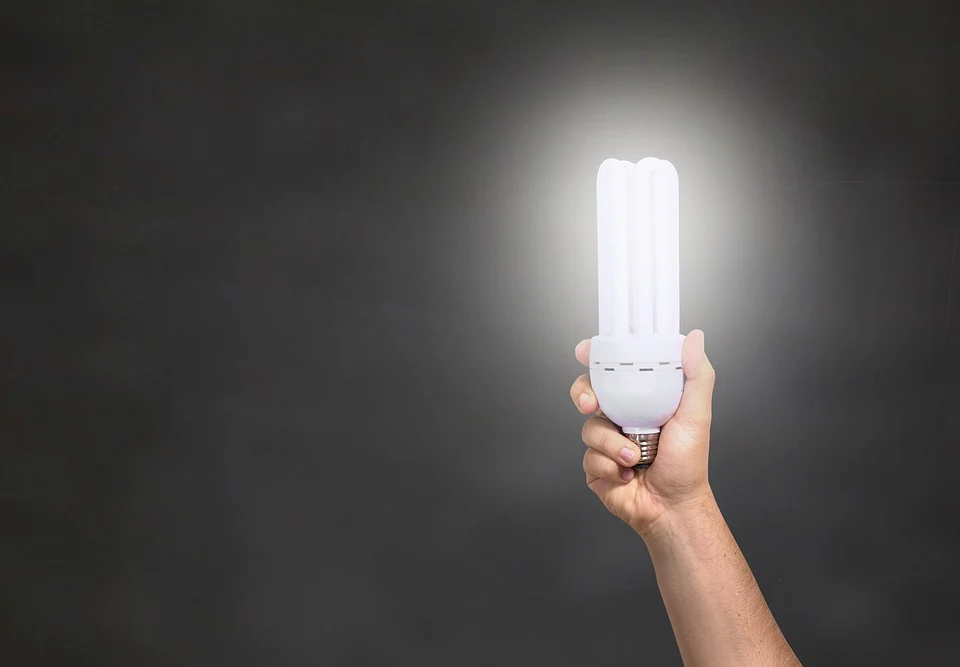
Contributed by:
Jacob Goldman, LEED AP
Vice President of Energy Tax Savers
www.energytaxsavers.com
Twitter | LinkedIn | Facebook
This is Part 2 of a guest post series. Check out the other posts in this series on Tax Credits for the Lighting Industry. Views expressed are those of the author and the firm they represent. Representatives of Energy Tax Savers have presented at the LightFair Conference in the past.
Lighting designers working on government building projects have a wonderful opportunity to reduce a building’s long-term energy-related operating cost while earning a well-deserved tax incentive for themselves. All it takes is some knowledge and some energy tax planning.
What is the 179D Deduction and Who Qualifies?
Effective January 1, 2020, the Section 179D lighting designer tax incentives are now a permanent part of U.S. tax law.
Eligible professionals who qualify for the deduction may include architects, engineers, lighting designers and ESCOs. The deduction applies to projects involving energy-efficiency government buildings.
How Are 179D Deductions Calculated?
The calculation of the allowable deduction is based on the square footage of the space and attaining specified watt per square foot targets below ASHRAE code standards based on building type. The deduction is capped at the lower end of the achieved deduction or the cost of the installed project. New buildings typically achieve high levels of deduction.
Did You Know Lighting Combined with Qualifying HVAC Optimizes Incentives?
The lighting tax deduction alone can range from $0.30 per square foot to $1.80 per square foot. However, lighting deductions that exceed $0.60 per square foot will occur when the lighting is accompanied by qualifying energy-efficient HVAC. Energy Tax Savers have identified 19 types of HVAC that, when combined with energy-efficient lighting, will trigger the larger designer lighting tax deductions. They are as follows:
- Geothermal (ground source heat pumps)
- High efficiency water source heat pumps
- Thermal storage
- High efficiency VRF/VRV units
- Centralized HVAC in rental apartments/dorms/hotels
- Energy recovery ventilation
- Demand control ventilation
- VFD’s on all major motors and compressors
- Chillers in buildings <150,000 sq ft
- Direct fired heaters in non-AC industrial spaces
- Industrial space >25,000 sq ft with constant volume package units
- VAV (variable air volume devices) in buildings <25,000 sq ft
- Chilled beam
- McQuay magnetic bearing chillers
- Condensing boilers
- Arctic cool chillers
- Gas fired chillers combined with electric chillers to peak shave
- Coolorado in dry climates
- Combined heat and power
Types of Buildings That Qualify for the 179D Lighting Designer Deductions
- To obtain the 179D designer lighting deduction, the lighting project must involve a government building.
- All government buildings can qualify including federal, state and local.
- Major federal government building categories include federal office buildings, all U.S.-located military bases, VA hospitals and federal courts and prisons.
- Major state building categories include state office buildings, state universities and affordable housing 4 stories or above.
- Local buildings include city and town halls, police stations, fire departments and DPW buildings.
- By far the largest local and overall category of buildings processed are K-12 public schools.
- Two sometimes overlooked major government building designer categories are government-owned airports and parking garages.
The professionals at Energy Tax Savers strongly suggest that if possible, you talk to your EPAct service provider pre-project since a minor design change or alternative equipment selection can make a major difference in the lighting designer benefits achieved.
Where to Start If You Want to Claim the 179D Deductions
- The designer lighting tax deduction must be documented by a third-party licensed professional and comply with very prescribed requirements.
- The onset goal should be to determine if the lighting project potentially results in a $1.80 per square foot tax deduction.
- Designers seeking larger tax deductions will need to have the energy cost savings supported by an energy model using IRS-approved modeling software.
There is still time to get the 2020 credit on your unfiled 2020 tax return. If you are looking to take advantage of this incentive, consider consulting with an Energy Tax Savers expert to get started.

